Anthony Ashmore
Deep learning lattice gauge theories
May 23, 2024Abstract:Monte Carlo methods have led to profound insights into the strong-coupling behaviour of lattice gauge theories and produced remarkable results such as first-principles computations of hadron masses. Despite tremendous progress over the last four decades, fundamental challenges such as the sign problem and the inability to simulate real-time dynamics remain. Neural network quantum states have emerged as an alternative method that seeks to overcome these challenges. In this work, we use gauge-invariant neural network quantum states to accurately compute the ground state of $\mathbb{Z}_N$ lattice gauge theories in $2+1$ dimensions. Using transfer learning, we study the distinct topological phases and the confinement phase transition of these theories. For $\mathbb{Z}_2$, we identify a continuous transition and compute critical exponents, finding excellent agreement with existing numerics for the expected Ising universality class. In the $\mathbb{Z}_3$ case, we observe a weakly first-order transition and identify the critical coupling. Our findings suggest that neural network quantum states are a promising method for precise studies of lattice gauge theory.
Calabi-Yau Metrics, Energy Functionals and Machine-Learning
Dec 20, 2021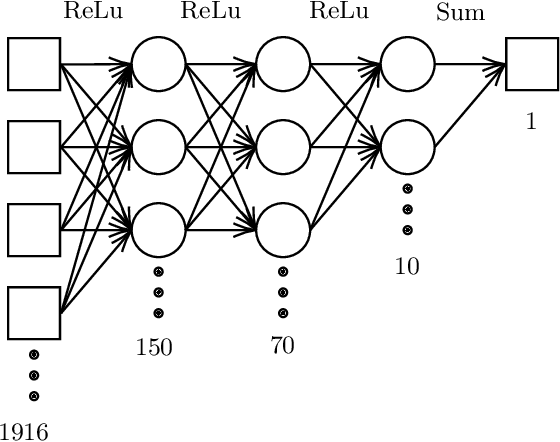
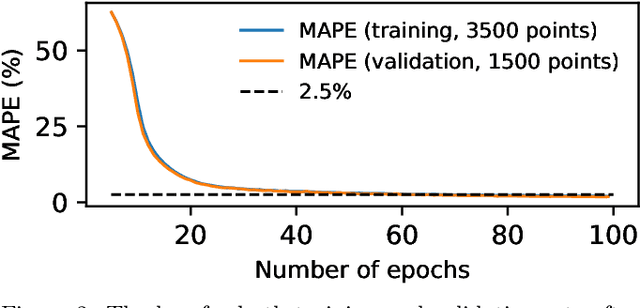
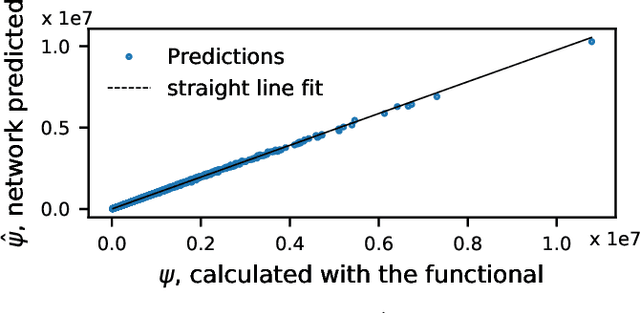
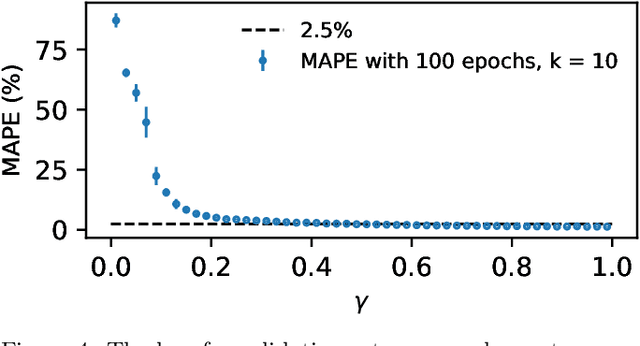
Abstract:We apply machine learning to the problem of finding numerical Calabi-Yau metrics. We extend previous work on learning approximate Ricci-flat metrics calculated using Donaldson's algorithm to the much more accurate "optimal" metrics of Headrick and Nassar. We show that machine learning is able to predict the K\"ahler potential of a Calabi-Yau metric having seen only a small sample of training data.
Machine learning Calabi-Yau metrics
Oct 18, 2019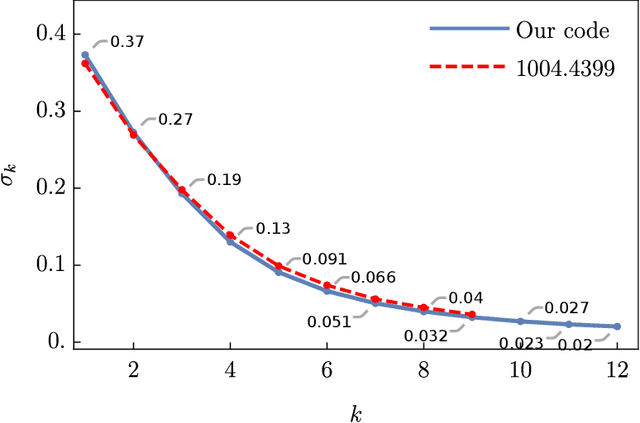
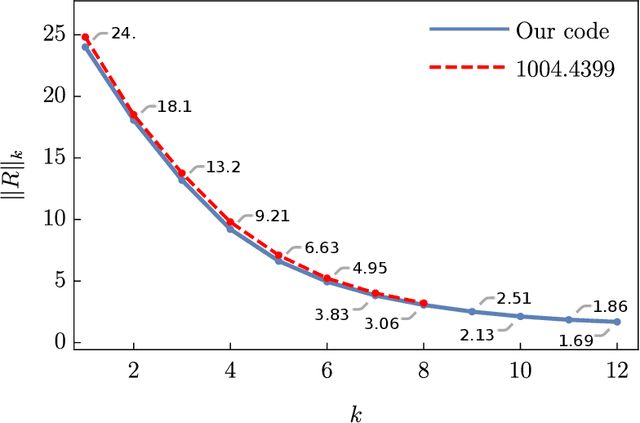
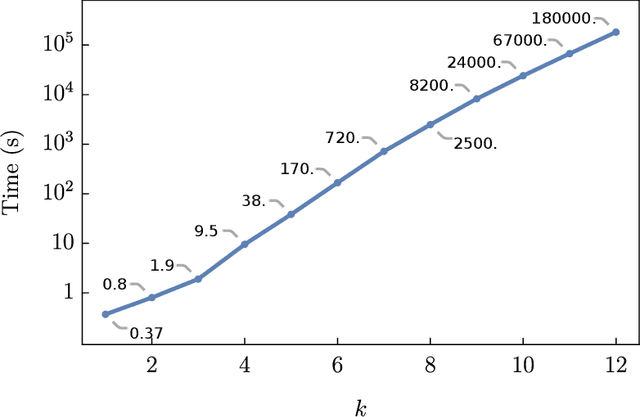
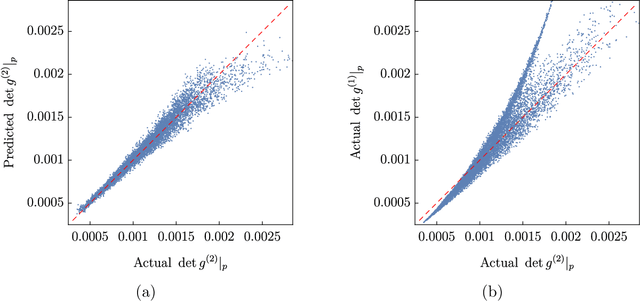
Abstract:We apply machine learning to the problem of finding numerical Calabi-Yau metrics. Building on Donaldson's algorithm for calculating balanced metrics on K\"ahler manifolds, we combine conventional curve fitting and machine-learning techniques to numerically approximate Ricci-flat metrics. We show that machine learning is able to predict the Calabi-Yau metric and quantities associated with it, such as its determinant, having seen only a small sample of training data. Using this in conjunction with a straightforward curve fitting routine, we demonstrate that it is possible to find highly accurate numerical metrics much more quickly than by using Donaldson's algorithm alone, with our new machine-learning algorithm decreasing the time required by between one and two orders of magnitude.
 Add to Chrome
Add to Chrome Add to Firefox
Add to Firefox Add to Edge
Add to Edge